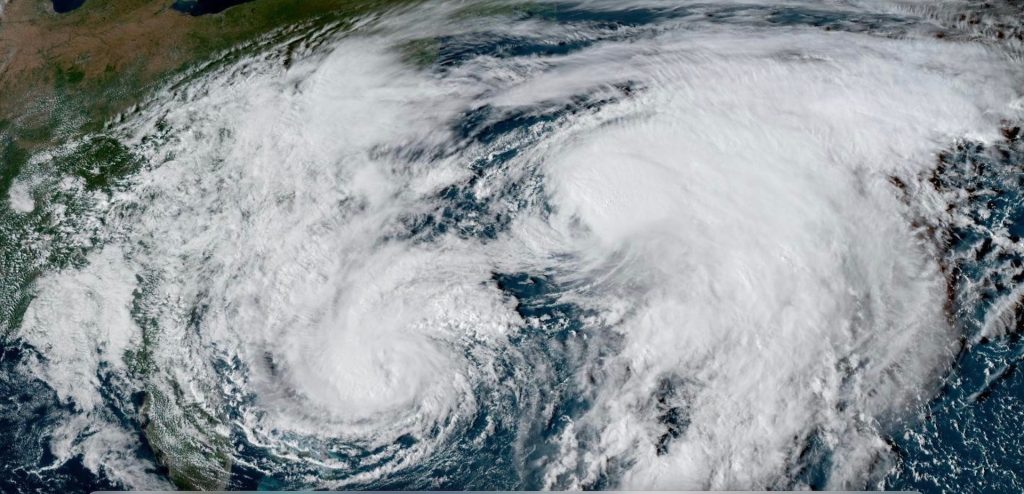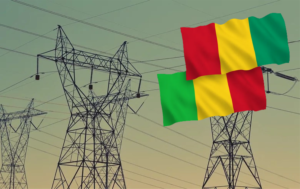Twin Atlantic Storms Threaten Communities as Science and Society Confront Rising Hurricane Risks

As Hurricane Humberto and Hurricane Imelda churn simultaneously across the Atlantic, coastal communities from the Caribbean to the eastern United States are on edge. Scientists warn that the unusual pairing of storms underscores a growing climate-era reality: hazards do not arrive one at a time, and the social costs of increasingly frequent and intense hurricanes are mounting.
![]()
Bermuda’s timing could not be worse; the island nation sits directly in the path of both Humberto’s sprawling rain bands and Imelda’s tightening core, with hurricane conditions expected to overlap by Wednesday night. “We are preparing for back-to-back impacts. It’s the compound nature of these storms that makes them so concerning” said a local emergency official.
Humberto has already generated pounding surf and life-threatening rip currents across the northern Caribbean, the Bahamas, Bermuda, and much of the US East Coast. Imelda, trailing closely, threatens to intensify conditions with stronger winds and concentrated rainfall. For residents in Bermuda, the forecast suggests not just days of discomfort, but potentially life-altering disruptions to homes, infrastructure and livelihoods.
Researchers point out that the clustering of storms is not an isolated occurrence. Warmer ocean waters, a direct byproduct of global climate change, provide the fuel hurricanes need to intensify quickly and sustain their strength over long distances. Dr. Elena Martínez, a climate scientist at the University of Miami, explains: “We are seeing longer seasons, more active basins, and storms that develop in regions where they previously wouldn’t have thrived. For small island nations like Bermuda, the social vulnerability is magnified”.
Indeed, the human dimensions of these storms go far beyond wind speed and rainfall totals. Schools have shuttered, flights are canceled, and supply chains disrupted as residents rush to secure food, water, and power supplies. For a population heavily dependent on tourism and imports, even short-term shutdowns have lasting consequences.
![]()
Coastal scientists also highlight the dangers beyond the eye of the storm. Life-threatening rip currents and wave surges extend hundreds of miles from Humberto’s center, affecting beachgoers and fisheries along the US eastern seaboard. In Florida, New Jersey, and North Carolina, lifeguards have already reported multiple rescues as visitors underestimate the reach of storms that seem distant on satellite maps.
Emergency managers stress preparedness but also acknowledge the limits of resilience. “We can issue warnings, we can build stronger shelters,” said one disaster-response coordinator in Bermuda, “but the psychological toll of living under constant storm threat is immeasurable”.
As Humberto and Imelda converge, they offer not only a test of Bermuda’s emergency infrastructure but also a reminder of the intertwined scientific and social challenges of our time. Each storm is a meteorological event; together, they are a symbol of the increasingly complex climate landscape communities worldwide must learn to navigate.







